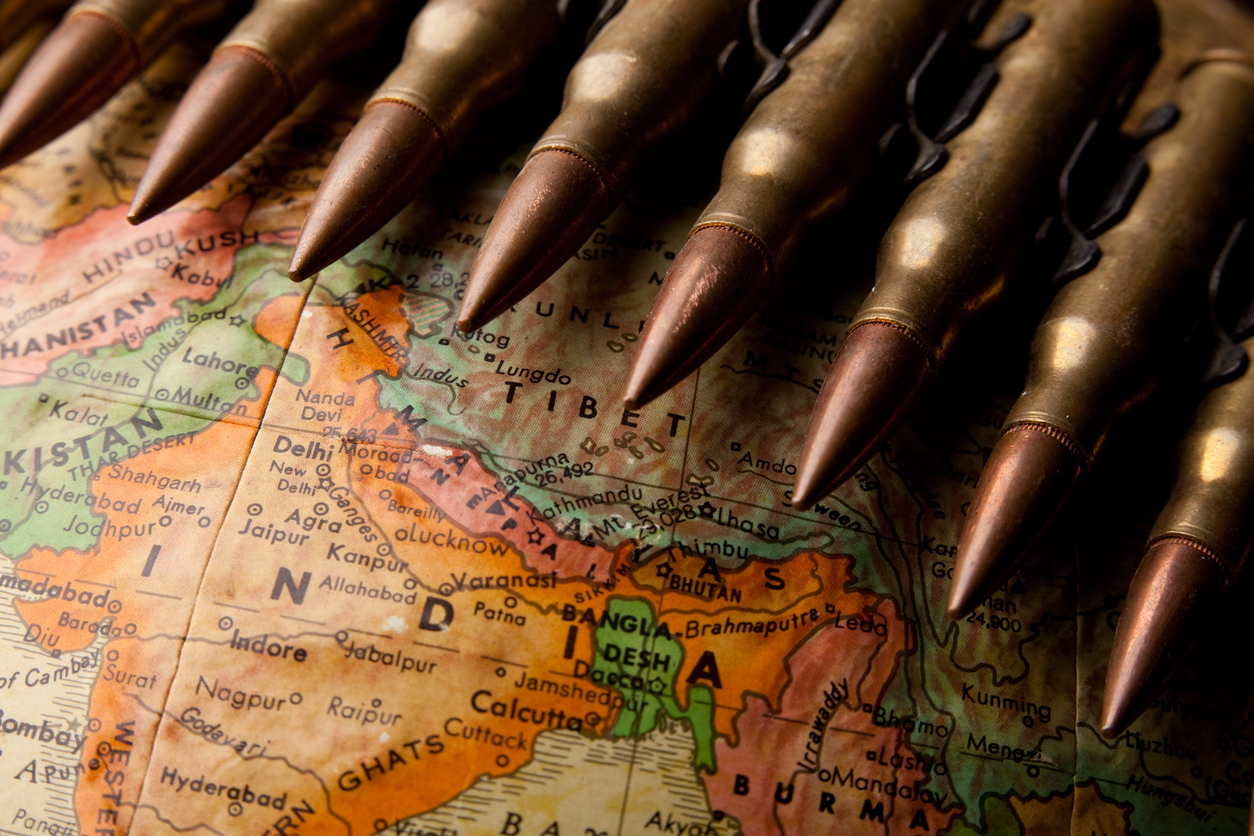
NATIONAL SECURITY WISHLIST: SOME EXAMPLES FROM CHINA

Fernand Braudel, academic and historian of the early 20th Century, is widely credited with the statement that “The geography of a region plays a significant role in shaping its history.” The stark truth of Braudel’s saying gets clearer to the country by the day, as India strains to break free from the ties that restrict or seek to restrict her to the subcontinent.
Technological developments have led to globalisation of interests and, to a lesser degree, of influences, largely making natural borders of the subcontinent irrelevant and inconsequential; as a result, India also has to contend with influences from beyond her natural geographic “comfort zone”. Far from India’s philosophy of welcoming “noble thoughts from all direction”, India is now having to face pulls and pressures from events happening both in the near periphery of the country, as well as from distant areas.
The comprehensive national power differential that exists between India and its belligerent, and atavistic, neighbours has put us under conditions of urgent and immediate pressure of ensuring our national security, in order for us to continue wielding the freedom of choice and opportunity that best benefits our people, and the world at large. Events in the security arena that have taken place in the last half a decade should force us to continuously and urgently re-evaluate how much of our freedoms we as a country enjoy in real fact and put in place steps to ensure continuation of those freedoms, of “atmanirbharta” to use a well-worn cliché.
Our rubbing against our neighbours after independence have from time to time led us to cut our coat according to the (available) cloth. Despite obvious limitations, India had appreciated the need to have institutions in place as would create and promote self-reliance in aspects of national power, including the security aspects. Referring to the Pandit Nehru – Krishna Menon era when the Government had supposedly proposed utilising troops in building infrastructure, a joke thanked the Chinese attack of 1962 for kick-starting the process of urgently returning the post-independence Armed Forces to professional, warfighting pursuits. Over the years, however, these institutions have not only not provided the country’s leadership with the Avant Garde intellectual inputs customized to our requirements that they should have evolved but have also lapsed into being merely centres of bureaucratic mediocrity.
What follows is a list of key programs or proclaimed slogans, culled from Chinese efforts at matching, and going beyond the superpowers. On the cusp of a national election, the list merely highlights some issues that future governments and leadership needs to address and streamline so that India no longer “reacts” to events and can use its potential and wisdom to forestall and prevent unsavoury crisis that divert attention and resources away from much-needed upliftment of the people of our country.
Horizons – The “863 Program”
As a contender for leadership of the world and as an important representative of the Global South, India’s horizons need to be unrestricted and as wide as possible. While this is a need that will be agreed to immediately, the establishment needs to focus on keeping such wide-ranging perspectives tethered to our specific needs and capabilities. Bipartisan, or in India’s case even multi-partisan support from the people and political parties have to be ensured to ensure continuity. In order to meet the global challenges of new technology revolution and competition, four Chinese scientists jointly proposed accelerating China’s high-tech development. The late Chinese leader Deng Xiaoping personally approved the National High-tech R&D Program, called the 863 Program (relates to Mar 86). Implemented during three successive Five-year Plans, the programme has boosted China’s overall high-tech development, R&D capacity, socio-economic development, and national security. In April 2001, the Chinese State Council approved continued implementation of the program in the 10th Five-year Plan. As one of the national S&T programme trilogies in the 10th Chinese Five-year Plan, the 863 Programme continues to play an important role.
Leap Frog Development
A phrase adopted and popularised by the Chinese Communist Party, “Leap Frog Development”, (跨越式发展 Kuàyuè shì fǎ zhǎn) at its simplest level seeks to prevent duplication or re-inventing the wheel. Self-reliance or atmanirbharta need not imply growing development from scratch, if such technology, or development ideas, can just as easily, or easier, be bought, or transferred from proven usage elsewhere. In short, let Defence Research focus on stuff that is not relevant to the civil society, and let civilian research focus on ideas and projects that have civilian, commercial, and/or dual use. At the same time, research efforts must therefore focus on going beyond the currently available levels and seek advantageous positions. The IGMDP spinoff from the national space programme, as well as the recent development of advanced technologies such as the Fast Breeder Reactor and the MIRV capability can all be seen as instances of “Leap Frog Development”.
Identification and Exploitation of Rivals’ Weaknesses
Described variously as “acupuncture warfare”, and as exploiting the weaknesses in a rival’s (often superior) system (敌人的弱点 Dírén de ruòdiǎn), the Chinese have successfully demonstrated the sheer cost-effectiveness of the approach. Their early studies of the military operations planned and executed by the Western countries in the First Gulf War noted the reliance on airborne and space-based assets for Intelligence, Surveillance and Reconnaissance (ISR), and the clear advantageous effect such capabilities had on the battlefield: they have been prompt in addressing their vulnerabilities in these fields as well as in creating systems that will accrue these advantages to their troops when needed without interference. Recent assessments by international defence analysts have concluded that the Chinese are well on the way to creating a space-based “unblinking eye in the sky” which would achieve the desired ISR dominance.
Seek, Evaluate, and Support Innovative Ideas
China’s national strategy for “innovation-driven development,” (支持创新 Zhīchí chuàngxīn) was issued in May 2016 by the Communist Party Central Committee. The strategy identifies industries that China feels would most benefit from increased indigenous innovation. The document also identifies foreign talent and technology transfer as crucial to China’s emerging technology sectors. Like every successful and innovative economy, some of the factors behind China’s success in the field of innovative development have been cultural, certain others circumstantial and, most importantly, a significant contribution to this progress has also been political. This has involved decentralization of the decision to support innovation. “When it began the process of economic reform in 1978, China quickly realised that to convincingly win the argument in favour of privatisation, it needed to create small but successful test cases – where opening up of the economy would lead to a rapid advance in employment opportunities and living standards”. China has also invested heavily over a protracted period in building its capabilities from the bottom up. “China did simple things right when it came to creating the pre-requisites for fostering innovation. Between 2000 and 2014, the number of science and engineering graduates went up four times, from 359,000 to 1.65 million. Furthermore, research and development efforts at universities were also very closely aligned with the needs of industries. As of 2014, 34 percent of Chinese grants to R&D at university level came from the private sector. Also telling is the priority given to research in China. Since 2006, when the government announced its “indigenous innovation” policy, China’s research efforts at university levels have focused on development research, which is focused on commercialising already proven technologies for the market.
Enabling Provisions to Ensure Budgetary Support
India may figure as a rare country where highest defence official did not pull his punches when he said in Parliament that the country simply did not have the finances to support acquisition of gravely deficient equipment for the country’s armed forces. It is also the country which recaptured areas of the country occupied by an inimical power, fighting, (in)famously, “with what we have”. Surprisingly for a proud and “civilizational” state, very little seems to have been done to ensure that such conditions do not recur; long-term project-based support for growing security requirements at home are still absent; no mention still of roll-over budgets that span multiple years chasing a vision. “Rules do not permit” seem to be the dead end against which long-term development stops or is at least dissuaded. This has to be addressed urgently if “atmanirbharta” has to happen.
Involvement and Oversight
The Central Military Commission (CMC), the apex decision-making body in China that deals with national security (*both external and internal) in the Chinese government is a true image of the Chinese Communist Party’s (CCP) CMC. Even given the fact that the People’s Liberation Army is an instrument more of the CCP than the state, this design of identical bodies both at the Party’s and national government’s levels give an indication of how the leadership of the country is involved in, and is responsible for, issues of national security. Our legislative subcommittees and governmental institutions overseeing these national security issues have often, at least to the average taxpayer, appeared as tardy knights fighting for their specific turfs or even their ideological leanings. Emerging security situations in the world should alert us to the need for national security to be addressed more seriously and with far greater responsibility.
Conclusion
French statesman Georges Clemenceau said, “War is too important a business to be left to soldiers.” This gave rise to the concept of the grand strategy which encompasses the management of the resources of an entire nation in the conduct of warfare. In our country thus far, it has been the odd diplomat or a bureaucrat civil servant who has been involved with war, even as the nature of war has mutated across a wide and baffling spectrum. China offers us a model of ensuring the enabling aspects of conflict and war, which we may learn from and apply, mutatis mutandis, to our conditions. As countries which had similar levels of social development at their independence or establishment, India has can learn from the successes, as well as the mistakes, that China has had.
“Only a fool learns from his own mistakes. The wise man learns from the mistakes of others.” Otto Von Bismarck
[1] “आ नो भद्राः क्रतवो यन्तु विश्वतोऽदब्धासो अपरितासउद्भिदः” Rig Veda 1.89.1
[2] http://newyork.china-consulate.gov.cn/eng/kjsw/std/201603/t20160305_5520599.htm, National High-tech R&D Program (863 Program), 05-03-2016
[3] https://www.sciencedirect.com/science/article/abs/pii/S0301421504001739?via%3Dihub Energy Policy, Vol 34, Issue 4, March 2006, pages 383-394
[4] https://www.emerald.com/insight/content/doi/10.1108/17585521011032559/full/html, 26 Feb 2010
[5] https://cset.georgetown.edu/publication/outline-of-the-national-innovation-driven-development-strategy/, December 11, 2019
[6] https://yourstory.com/2018/07/china-innovation, Shailesh Jha, The 4 factors that have propelled the innovation boom in China, July 13, 2018.
[7] Ibid.
[8] https://indianexpress.com/article/india/india-others/no-money-major-deals-will-have-to-wait-antony/, February 7, 2014
[9] https://www.theweek.in/news/india/2019/07/25/lessons-of-kargil-ex-service-chiefs-warn-of-surprises-from-pakistan.html, Pradip R Sagar, Lessons of Kargil: Ex-service chiefs warn of surprises from Pakistan, July 25, 2019
Disclaimer
The opinions expressed in this article are the author’s own and do not reflect the views of Chanakya Forum. All information provided in this article including timeliness, completeness, accuracy, suitability or validity of information referenced therein, is the sole responsibility of the author. www.chanakyaforum.com does not assume any responsibility for the same.
Chanakya Forum is now on . Click here to join our channel (@ChanakyaForum) and stay updated with the latest headlines and articles.
Important
We work round the clock to bring you the finest articles and updates from around the world. There is a team that works tirelessly to ensure that you have a seamless reading experience. But all this costs money. Please support us so that we keep doing what we do best. Happy Reading
Support Us







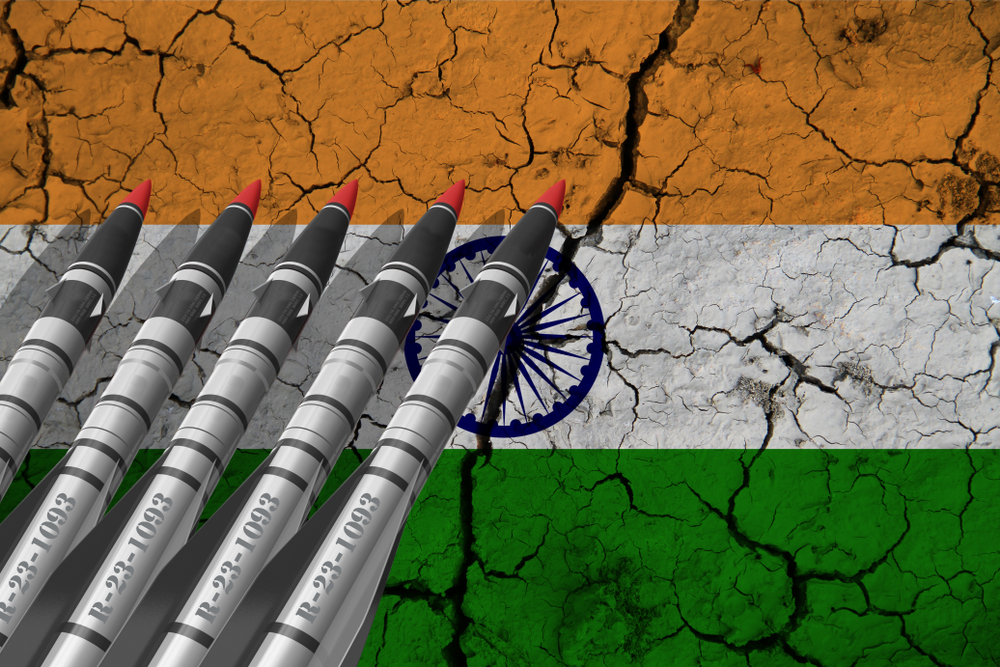

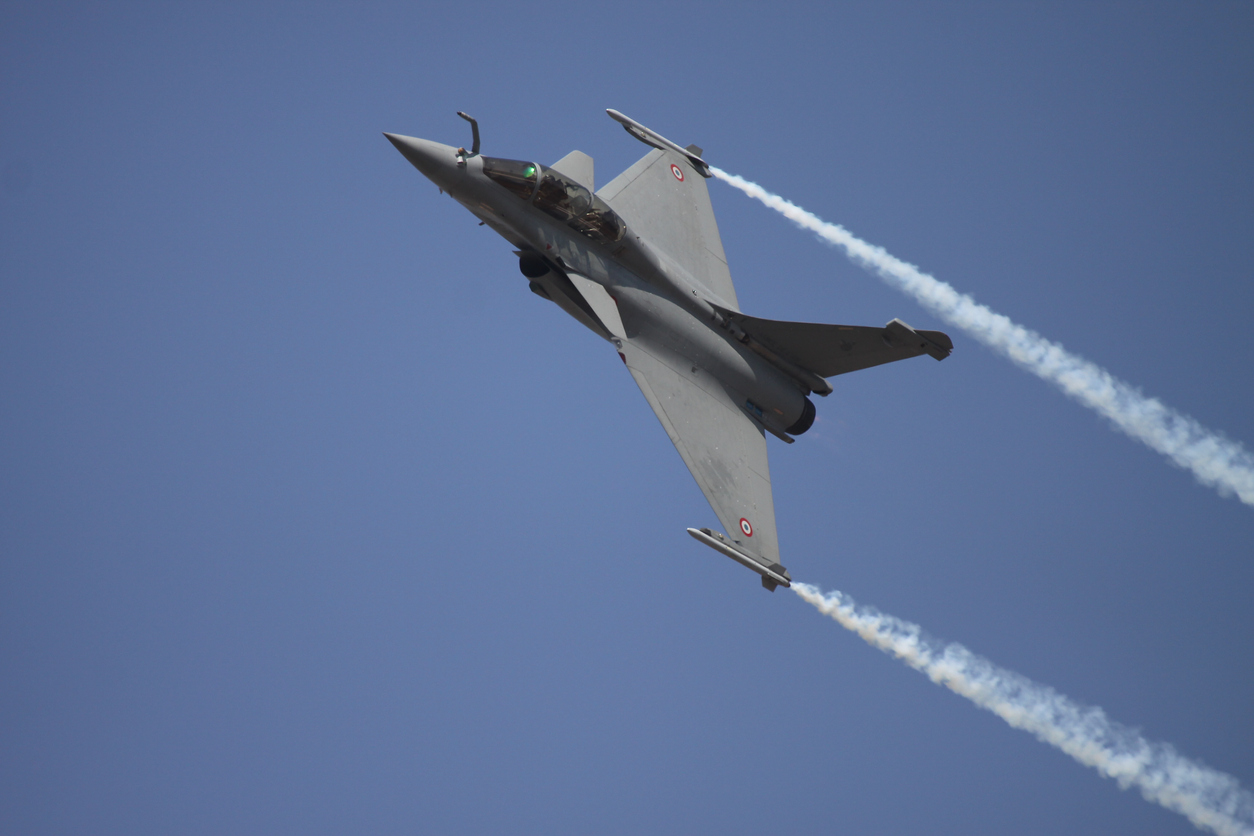
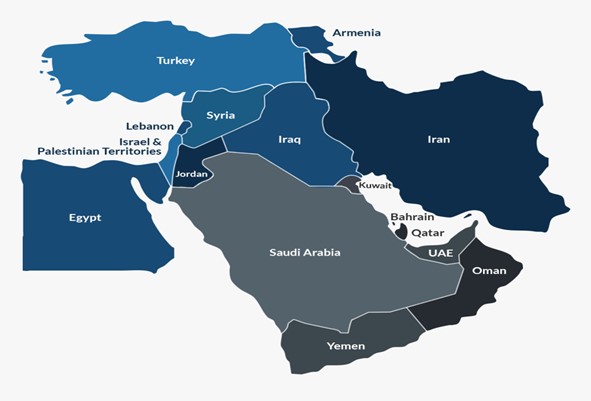

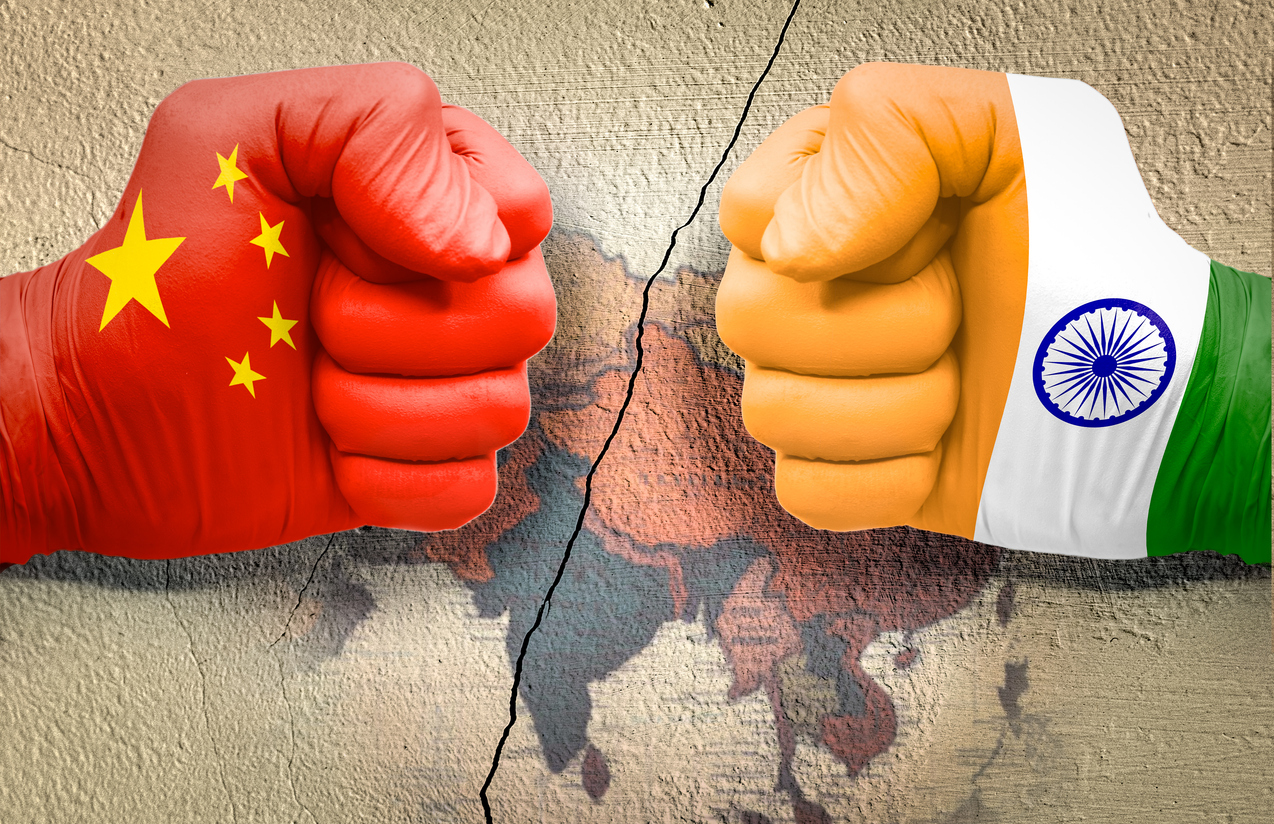
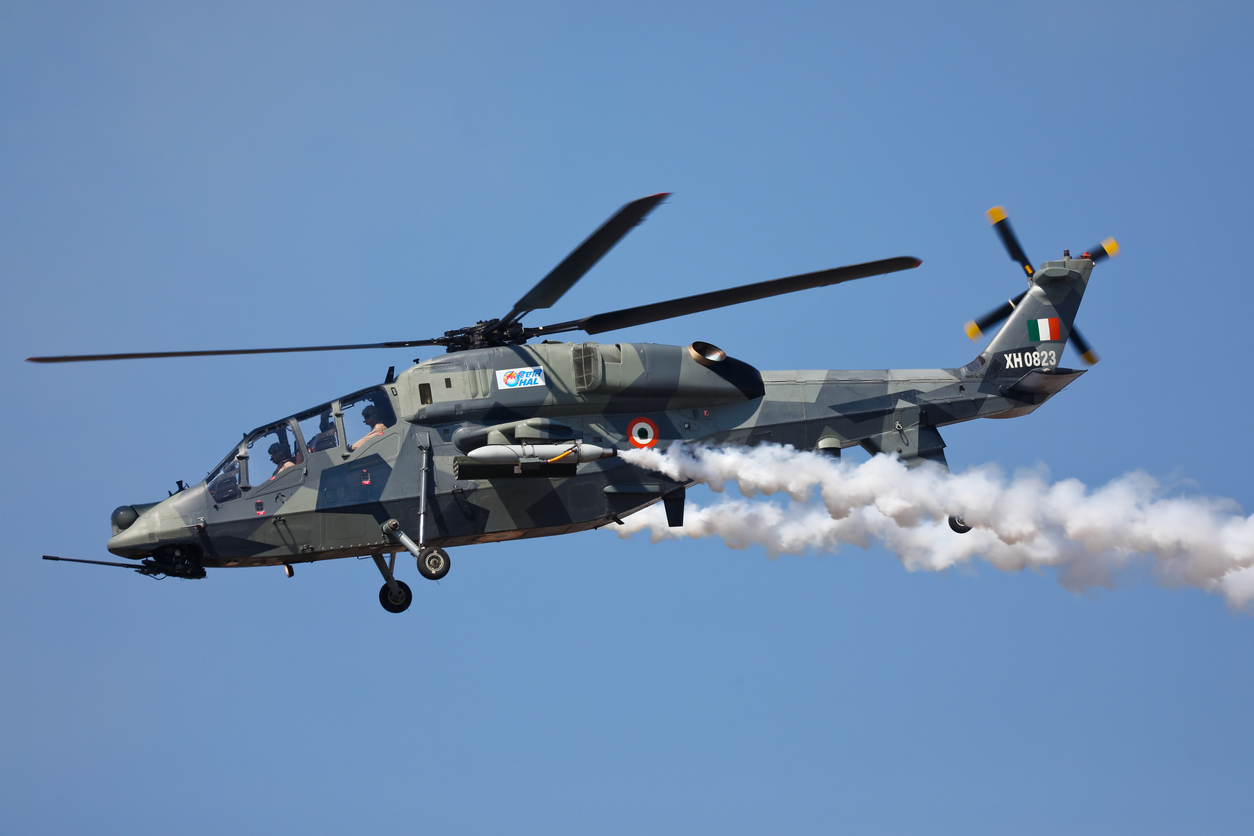
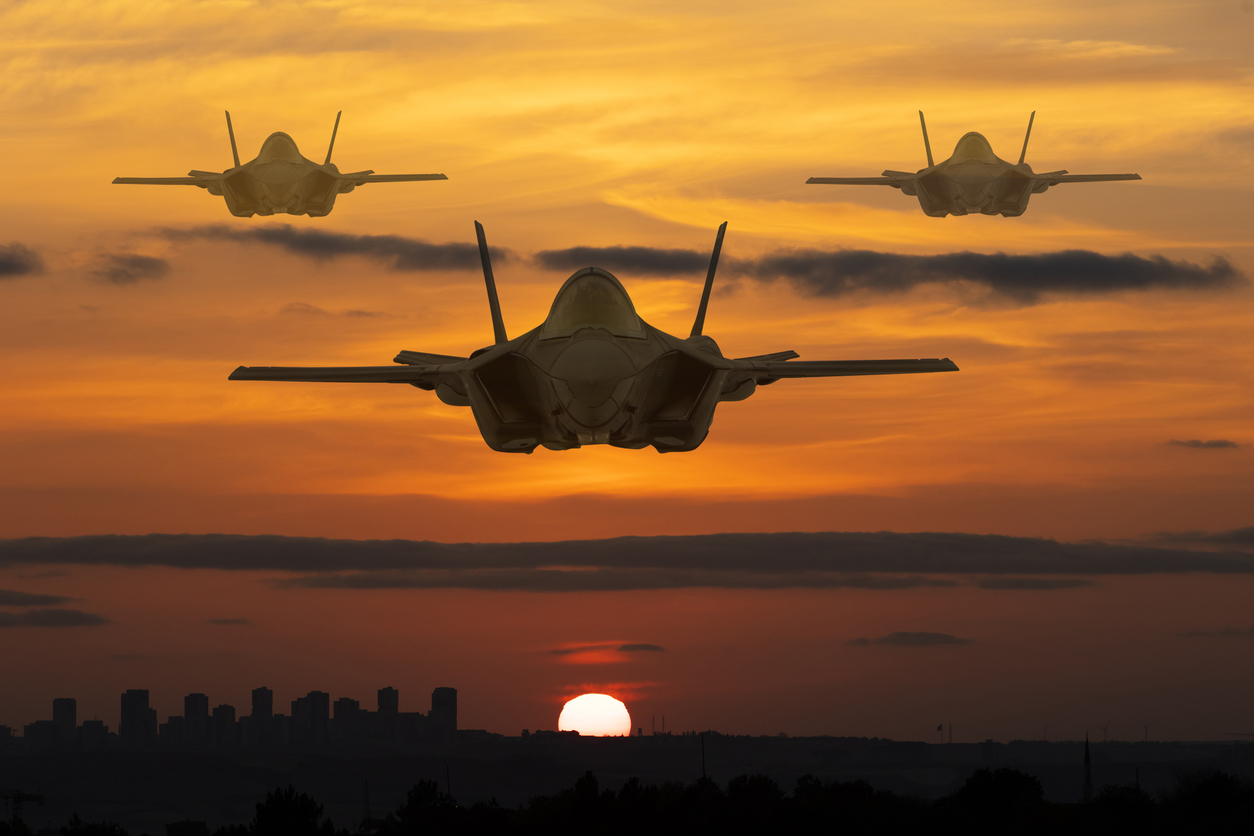






POST COMMENTS (0)